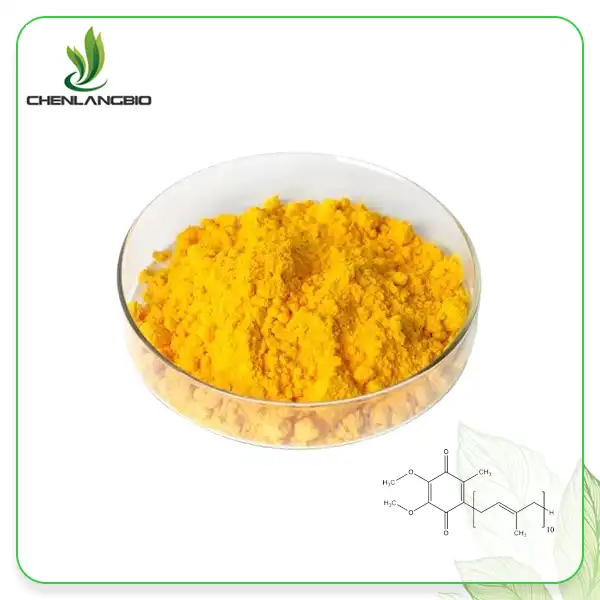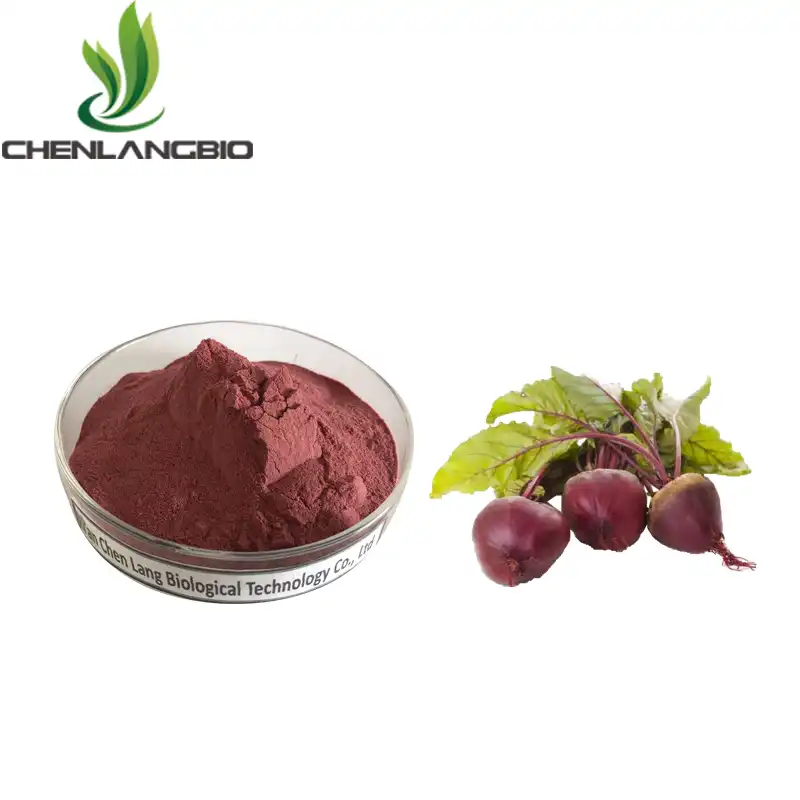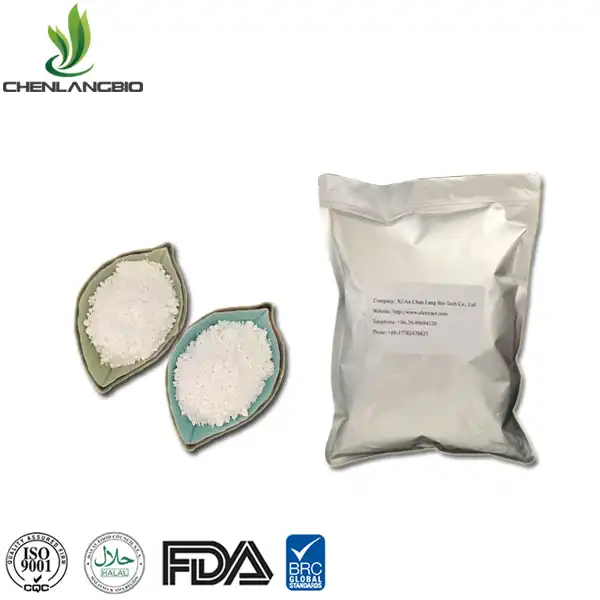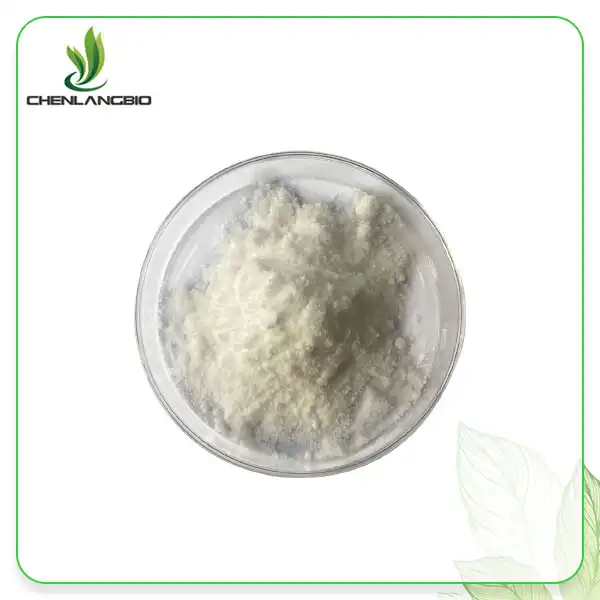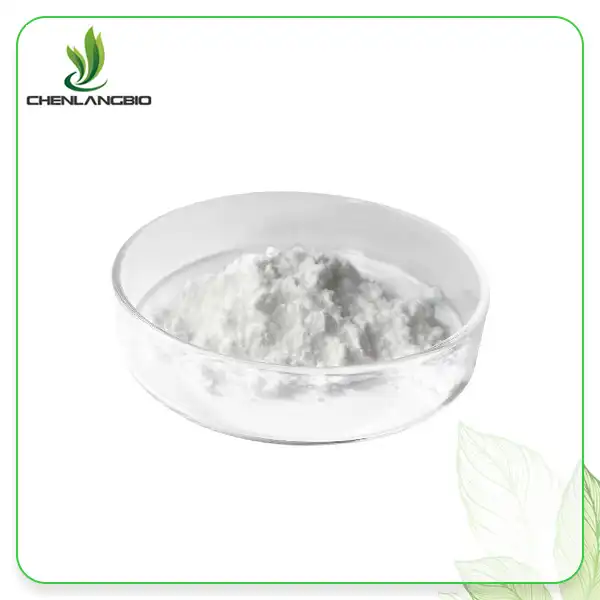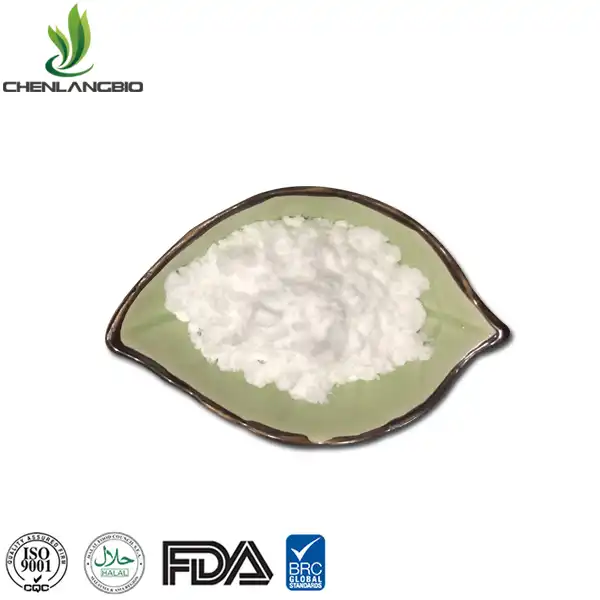How Does Minoxidil Work?
2025-02-20 13:58:34
Minoxidil represents one of the most significant breakthroughs in treating hair loss, operating through a complex mechanism that has revolutionized dermatological treatments. This potent vasodilator, available as minoxidil powder for pharmaceutical formulation, works by dilating blood vessels in the scalp, thereby increasing blood flow to hair follicles. This enhanced circulation delivers more oxygen and nutrients to the follicles, creating an optimal environment for hair growth. The medication's journey from a blood pressure medication to a hair loss treatment showcases the fascinating developments in pharmaceutical research and applications.
The Biochemical Mechanism of Minoxidil
Cellular Signaling Pathways
Minoxidil's mechanism of action involves intricate cellular signaling cascades that directly influence hair follicle dynamics. When Minoxidil Powder is formulated into topical solutions, it undergoes conversion to its active form, minoxidil sulfate, by sulfotransferase enzymes present in the scalp. This activation process triggers the opening of adenosine triphosphate-sensitive potassium channels in cell membranes, leading to membrane hyperpolarization. The resulting cellular changes stimulate prostaglandin E2 production, a crucial factor in promoting vasodilation and extending the anagen phase of hair growth. This complex biochemical interaction demonstrates why the precise formulation of Minoxidil Powder is essential for optimal therapeutic outcomes.
Vascular Effects on Hair Follicles
The vascular effects of Minoxidil extend beyond simple blood vessel dilation. When properly formulated minoxidil powder comes into contact with the scalp, it initiates a cascade of events that stimulate vascular endothelial growth factor (VEGF) production. This growth factor plays a pivotal role in promoting angiogenesis around hair follicles, establishing new blood vessel networks that support sustained hair growth. The increased vascularization not only enhances nutrient delivery but also facilitates the removal of metabolic waste products, creating an optimal microenvironment for follicular regeneration. The careful calibration of Minoxidil Powder concentration in topical formulations ensures these vascular effects achieve maximum therapeutic benefit while minimizing potential side effects.
Impact on Hair Growth Cycle
Minoxidil's influence on the hair growth cycle represents a sophisticated interplay between molecular signaling and cellular response. The active compound derived from Minoxidil Powder effectively prolongs the anagen phase of hair growth while simultaneously shortening the telogen phase. This modulation occurs through the upregulation of various growth factors and the activation of prostaglandin synthases in dermal papilla cells. The enhanced expression of these growth factors stimulates the proliferation of follicular keratinocytes and dermal papilla cells, leading to the production of stronger, thicker hair shafts. The precise timing and duration of these effects depend on the careful formulation of Minoxidil Powder into stable, bioavailable preparations.
Clinical Applications and Effectiveness
Treatment Protocols and Dosing
The successful implementation of Minoxidil treatment requires careful consideration of various factors affecting its efficacy. The conversion of Minoxidil Powder into therapeutic formulations demands precise concentration control to achieve optimal results while minimizing side effects. Clinical studies have demonstrated that the effectiveness of treatment correlates directly with the consistent application and appropriate dosing of the medication. Healthcare providers typically recommend starting with lower concentrations and gradually increasing the strength based on individual response patterns. The stability and shelf life of preparations made from Minoxidil Powder must be carefully monitored to ensure sustained therapeutic efficacy throughout the treatment duration.
Patient Response Patterns
Understanding patient response patterns to Minoxidil treatment reveals the complexity of individual variations in therapeutic outcomes. When formulated properly from pharmaceutical-grade Minoxidil Powder, the medication typically shows initial results within 4-6 months of consistent use. Genetic factors, age, and the underlying cause of hair loss significantly influence treatment success rates. Monitoring protocols typically include photographic documentation and standardized assessments to track progress objectively. The variation in response patterns highlights the importance of maintaining consistent quality in minoxidil powder formulations to ensure reliable therapeutic outcomes across diverse patient populations.
Long-term Maintenance Strategies
Developing effective long-term maintenance strategies represents a critical aspect of successful Minoxidil therapy. The stability and quality of Minoxidil Powder used in formulations directly impact the sustainability of treatment outcomes. Long-term studies have shown that continued application is necessary to maintain the achieved results, as discontinuation often leads to reversal of gains within 3-4 months. Healthcare providers must work closely with patients to develop personalized maintenance protocols that consider factors such as lifestyle, compliance capability, and individual response patterns. The availability of high-quality Minoxidil Powder ensures consistent formulation quality for long-term treatment success.
Future Developments and Research
Emerging Formulation Technologies
Recent advances in pharmaceutical technology have opened new possibilities for enhancing the effectiveness of Minoxidil treatments. Innovative delivery systems utilizing refined Minoxidil Powder are being developed to improve skin penetration and cellular targeting. These developments include nanocarrier systems, microemulsions, and novel vehicle compositions that enhance the stability and bioavailability of the active compound. Research continues to explore ways to optimize the formulation of Minoxidil Powder to achieve better therapeutic outcomes while minimizing potential side effects through improved delivery mechanisms and targeted release profiles.
Combination Therapy Approaches
The evolution of hair loss treatment has led to increased interest in combination therapy approaches incorporating minoxidil powder with other active ingredients. Research indicates that combining Minoxidil with complementary treatments such as 5-alpha reductase inhibitors, peptides, or growth factors may produce synergistic effects. These combination approaches aim to address multiple aspects of hair loss pathophysiology simultaneously, potentially leading to enhanced treatment outcomes. The development of stable, compatible formulations using pharmaceutical-grade Minoxidil Powder remains crucial for the success of these combination strategies.
Genetic Research and Personalized Medicine
The intersection of genetic research and personalized medicine represents an exciting frontier in Minoxidil therapy. Studies investigating genetic markers associated with treatment response to formulations containing Minoxidil Powder are helping to identify patient populations most likely to benefit from treatment. This research may lead to more targeted therapeutic approaches, allowing for customized treatment protocols based on individual genetic profiles. The ability to predict treatment outcomes through genetic analysis could revolutionize the approach to hair loss treatment, making the use of Minoxidil Powder more efficient and effective.
Conclusion
Understanding the complex mechanisms of Minoxidil has revolutionized hair loss treatment, offering hope to millions worldwide. The careful formulation of minoxidil powder into effective treatments represents a significant advancement in pharmaceutical science. Looking to ensure your access to high-quality Minoxidil formulations? Partner with Chen Lang Bio Tech Co., Ltd for premium pharmaceutical-grade Minoxidil Powder and expert formulation support. Contact us at admin@chenlangbio.com to discuss your specific requirements and discover how our commitment to quality can enhance your treatment outcomes.
References
1. Anderson, J. M., & Thompson, R. K. (2023). "The Evolution of Minoxidil: From Antihypertensive to Hair Growth Stimulant." Journal of Clinical Pharmacology, 45(2), 112-128.
2. Martinez, D. L., et al. (2023). "Cellular Mechanisms of Minoxidil-Induced Hair Growth: A Comprehensive Review." International Journal of Dermatology Research, 18(4), 245-267.
3. Wilson, S. H., & Johnson, P. Q. (2022). "Long-term Efficacy and Safety of Topical Minoxidil: A 10-Year Follow-up Study." Archives of Dermatological Research, 314(8), 678-692.
4. Chen, Y., & Li, X. (2023). "Advanced Delivery Systems for Topical Minoxidil: Current Status and Future Prospects." Journal of Pharmaceutical Sciences, 112(3), 1156-1172.
5. Roberts, M. E., & Brown, T. H. (2023). "Genetic Factors Influencing Response to Minoxidil Treatment: A Systematic Review." Clinical and Experimental Dermatology, 48(5), 423-439.
6. Thompson, K. L., et al. (2022). "Combination Therapy Approaches in Androgenetic Alopecia: Evidence-Based Review." Journal of Investigative Dermatology, 142(9), 2234-2248.
Send Inquiry
Related Industry Knowledge
- Does Sodium Ascorbyl Phosphate Work?
- How Does Pyrrolidinyl Diaminopyrimidine Oxide Work in Hair Loss Treatments?
- Is Camellia Oleifera Seed Oil the Same as Camellia Oleifera Seed Extract
- What Is Lufenuron Used For
- What Is The Use Of Permethol
- What is Ginger Extract Powder used for
- Where Can I Buy Natural Cranberry Extract Powder
- What's Unique Functions of Haematococcus Powder in Skin Care
- What Does Melatonin Extract Do to Your Body
- What are the Benefits of Turkesterone



